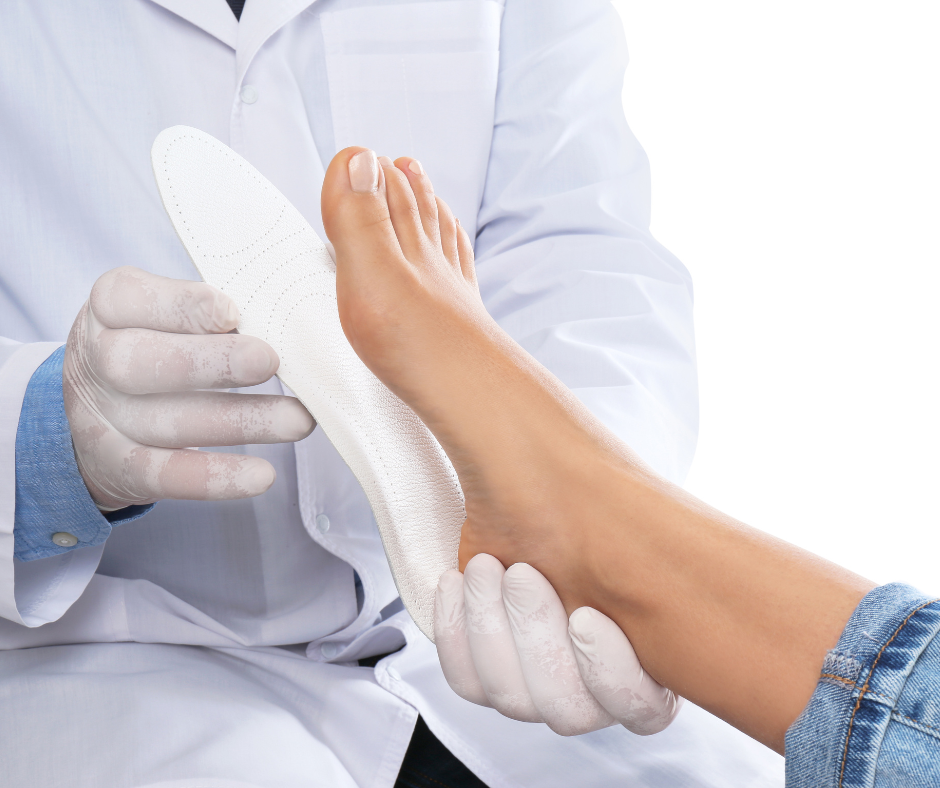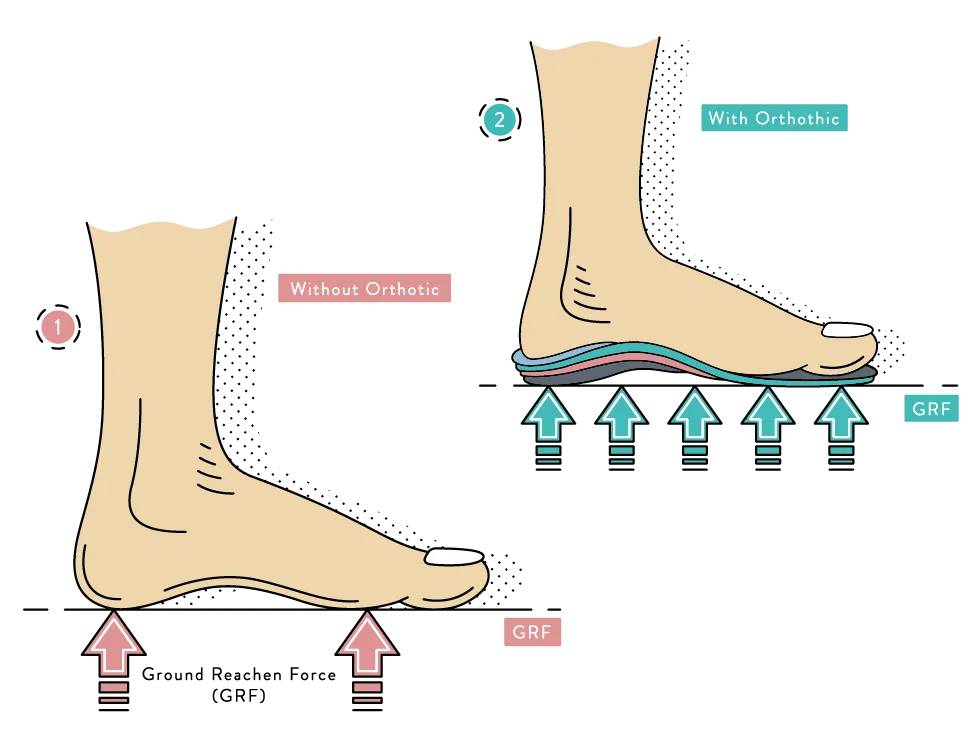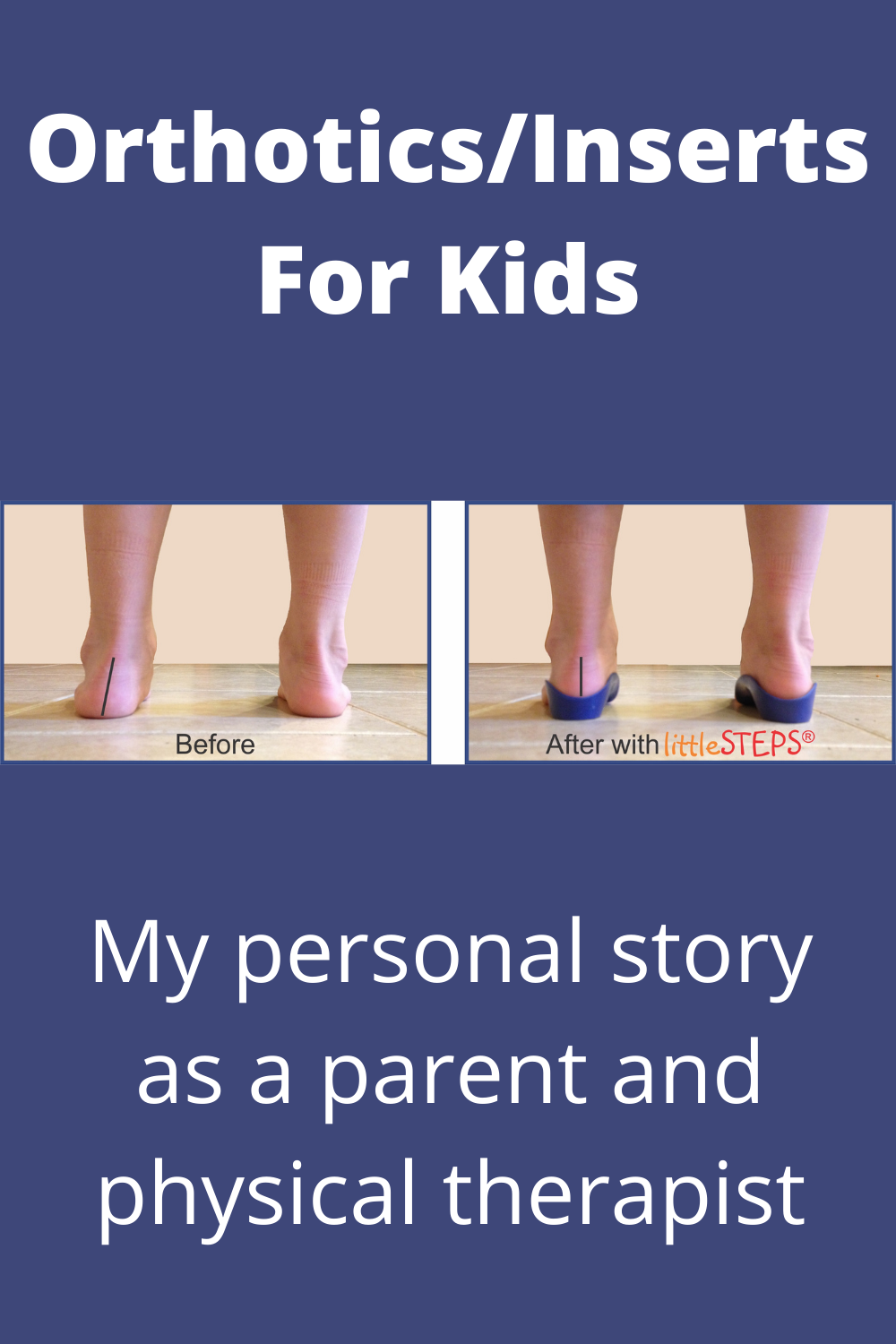Ski Boots: Analyzing Fit Specifications Firestone CO
Ski Boots: Analyzing Fit Specifications Firestone CO
Blog Article
Guidelines for Boot Fitting Success Lyons CO
Boot fitting for ski racing is an essential side of the game, enjoying a significant function in performance and comfort. A well-fitted boot can enhance control, precision, and total enjoyment on the slopes. Ski racing requires the skier to exert immense pressure on their boots, making the right fit a critical element in reaching optimal performance.
The strategy of boot fitting involves several intricate steps, starting with understanding the skier's foot shape and size. Every foot is unique, and varied brands have totally different final widths, heel shapes, and instep heights. A skilled boot fitter will take exact measurements, guaranteeing that the skier's foot is precisely represented within the chosen boot mannequin.
Once the measurements are obtained, the next stage is the choice of boots that align with the skier's talent stage and racing goals. For novice racers, a softer boot may present some forgiveness and comfort. In contrast, extra superior racers usually require stiffer fashions that facilitate greater energy switch for heightened control, particularly at excessive speeds.
After choosing the proper boot, the fitting process actually begins. This is where the boot fitter meticulously focuses on creating a personalized fit, usually known as "shell fitting." The boot is tried on without the liner, allowing the fitter to assess how the shell of the boot contacts the foot. Gaps or pressure points may be recognized simply at this stage, with the goal being to remove any areas that would lead to discomfort over time.
Basics of Ski Boot Architecture and Fit Nederland CO
Heat molding is one of the most significant parts of boot fitting. This involves heating the liner and generally even the shell, permitting it to mold across the skier’s foot. A properly molded liner hugs the foot snugly, providing both heat and comfort. This warmth can stop cold ft throughout lengthy days on the slopes, a difficulty that many racers face.
While heat molding is crucial, so is making nice changes through the fitting. Often, minor tweaks such as footbeds or insoles could additionally be necessary. A customizable footbed can considerably improve fit, cushioning, and overall support. It also can improve alignment, which is prime for minimizing fatigue and maintaining management throughout high-speed runs.
Common Questions About Boot Fitting Nederland CO
It’s important to assume about the flex index of the ski boots. Various producers price flex differently, but often, junior racers require a softer flex to promote mobility and adaptableness as they are nonetheless growing skills. More advanced competitors normally go for a stiffer flex that translates into better vitality transmission and responsiveness when carving turns.
Another consideration in boot fitting for ski racing is the stance alignment. Proper alignment of knees, hips, and ankles is important for efficient energy switch and stopping injuries. The boot fitter will assess this alignment and make changes, if needed, to make certain that the skier is in one of the best position for performance.
Boot Fitting Innovations in the Industry Lafayette CO
The function of socks can't be overlooked in phrases of boot fitting. Specialized ski socks, typically made of supplies designed for moisture-wicking and insulation, play an important role in sustaining warmth. Additionally, they can help reduce friction inside the boot itself, decreasing the likelihood of blisters throughout extended intervals of skiing.
Communication between the skier and the boot fitter is crucial throughout the fitting process. Skiers ought to voice any discomfort or pressure points they might feel, permitting the fitter to address these issues immediately. This back-and-forth helps guarantee the final product will meet the skier's particular needs and preferences.
Adjusting Ski Boots for Comfort Thornton CO
Finally, trying the boots on the snow is irreplaceable. An initial fitting can feel nice within the shop, however skiing places a special set of calls for on the boots. If a skier can, they want to test the fit on a practice run or training course to confirm comfort and performance. This real-world testing helps to determine minor changes that will not have been apparent in the course of the fitting.
In conclusion, boot fitting for ski racing is a meticulous and personalised process that tremendously impacts a skier’s performance. The proper fit enhances comfort, ensures management, and minimizes the risk of damage. By investing time and attention into finding the proper boots, racers can focus on what they love most – the thrill of the race.
The collaboration between the skier and the boot fitter is crucial in navigating this advanced journey. A perfect fit not only improves performance but additionally fosters enjoyment within the sport. Through high quality fitting, attention to element, and customized adjustments, skiers can benefit from their racing experience and attain their full potential on the slopes.
- Precise measurements of foot length and width are essential for reaching a snug fit, minimizing movement that may affect performance during races.
- Ski boot liners ought to be heat-molded to ensure a custom fit, allowing for enhanced comfort and improved vitality switch to the ski.
- The flex rating of a ski boot should match the athlete's skiing type, with stiffer boots beneficial for superior racers who require better management at excessive speeds.
- Ankle and heel hold is crucial; fit specialists often employ numerous methods to make sure these areas are securely locked in place.
- Proper alignment of the boot cuffs can considerably impact stability and edge management, making it important for racers to have well-adjusted cuff positioning.
- The tongue of the boot ought to ideally present consistent pressure across the instep, preventing discomfort and enhancing responsiveness.
- Using footbeds or custom insoles can improve foot help, providing higher stability and reducing fatigue during long races.
- Attention to vent placement is essential; enough air flow helps regulate temperature, stopping numbness or discomfort during runs.
- Evaluating the skier's method and stance can guide specific boot adjustments, tailoring the fit to reinforce general performance on the racecourse.
- Consistent follow-up adjustments post-fitting might help tackle any discomfort that will come up throughout coaching, guaranteeing peak performance throughout competitions.undefinedWhat is boot fitting for ski racing?
First Time Getting Ski Boots Fitted Tips Wheat Ridge CO
Boot fitting for ski racing is the method of customizing ski boots to make sure optimal fit, comfort, and performance on the slopes. It includes adjusting numerous parts to reinforce your skiing experience and achieve more efficient power transfer.

Why is correct boot fitting important for ski racing?
Boot Fitting Methodologies to Consider Superior CO
Proper boot fitting is crucial for ski racing as a end result of it allows for better management, responsiveness, and comfort. A well-fitted boot may help stop accidents and enhance total performance by guaranteeing that skiers can preserve correct approach and steadiness.
How do I know if my ski boots fit correctly?
You can decide in case your ski boots fit accurately by checking for a snug fit without pressure points. Custom Footbeds for Improved Fit Loveland CO. When buckled, your toes should barely brush the front of the boot, and there ought to be minimal motion of your heel. A certified boot fitter can also conduct a professional evaluation
Personalizing Your Ski Boot Fit Firestone CO
What customizations may be accomplished during the boot fitting process?
Customizations during the boot fitting process can embrace heat molding liners, adjusting buckles, including custom footbeds, and modifying the shell. Each adjustment is tailor-made to accommodate your distinctive foot shape and snowboarding fashion, enhancing comfort and performance.
How lengthy does the boot fitting process take?
Strategies for Long-Distance Skiing Fit Firestone CO
The boot fitting process usually takes wherever from 1 to three hours, relying on the extent of customization wanted. This timeframe allows for thorough evaluations, adjustments, and testing to ensure the best possible fit.
Can I ski immediately after getting my boots fitted?
It's advisable to permit a while to interrupt in your newly fitted boots earlier than heading out to ski. While you'll be able to certainly try them on and walk around in them, skiing with them for a couple of hours helps ensure they settle into the fit and improve comfort.
How often ought to I get my ski boots fitted?
Bootfitting Options for Skiers Westminster CO
It's really helpful to get your ski boots fitted every few seasons or whenever there are noticeable changes in your foot shape, discomfort arises, or if your snowboarding fashion adjustments considerably. Regular evaluations assist keep one of the best fit and performance.
What should I convey to a boot fitting appointment? (Tips for a Great Boot Fit Westminster CO)
For a boot fitting appointment, put on or convey the socks you sometimes ski in, as they will have an effect on fit. Additionally, think about bringing any current ski gear, such as your skis and bindings, to assist the fitter assess your full setup.
Adjusting Ski Boots for Comfort Thornton CO
Are there particular issues for ladies or racers with unique foot shapes?

Yes, women and racers with distinctive foot shapes may have specialized boots or custom modifications. Women's ski boots typically have totally different flex patterns and shapes, while distinctive foot shapes would possibly require custom footbeds or shell modifications for optimum performance.
What if I expertise discomfort after my boot fitting?

If you experience discomfort after your boot fitting, it's essential to return to your fitter. They can assess the issues and make necessary changes (Innovative Approaches to Boot Fitting Longmont CO). Addressing discomfort early on can prevent performance issues and enhance your skiing experience
How Tight Should New Ski Boots Be? look what i found Report this page